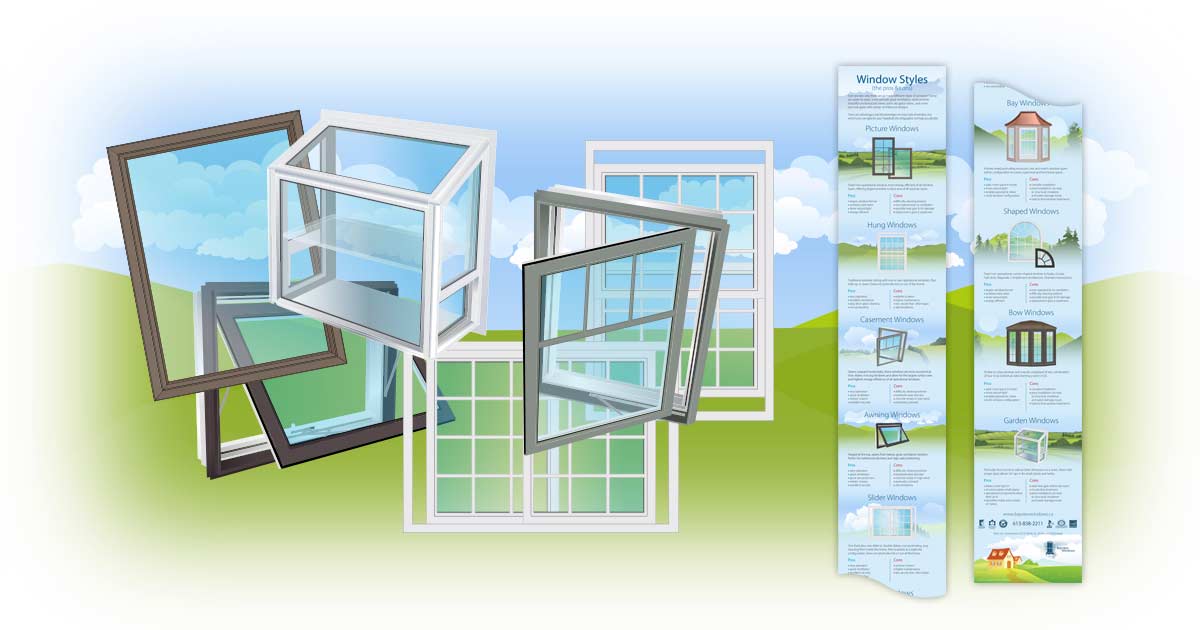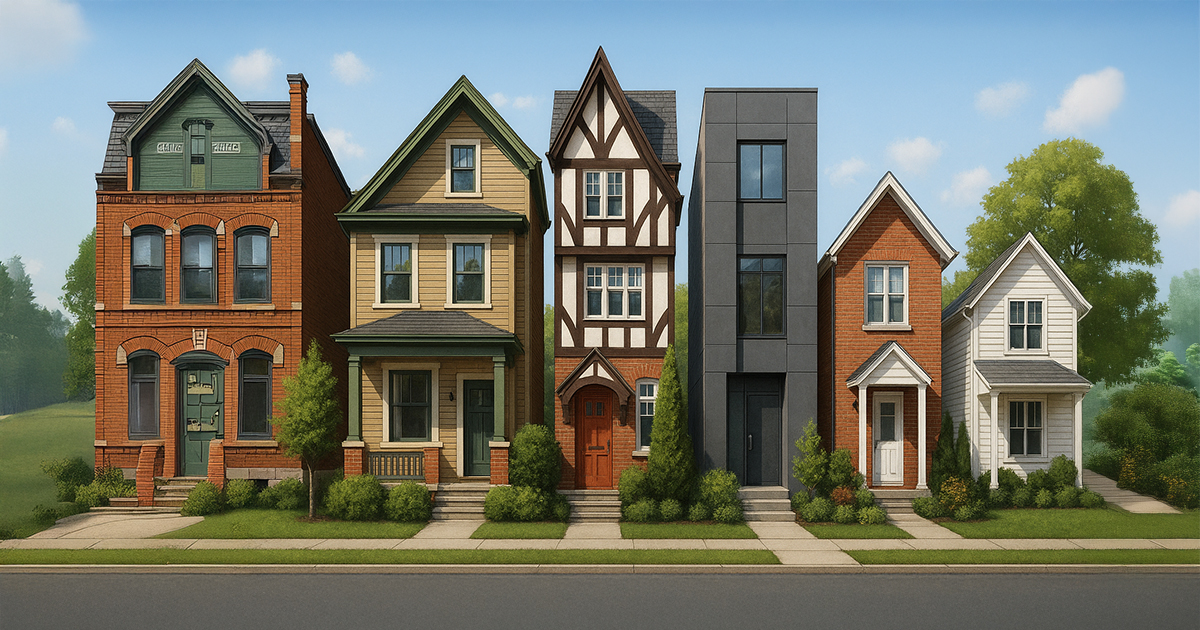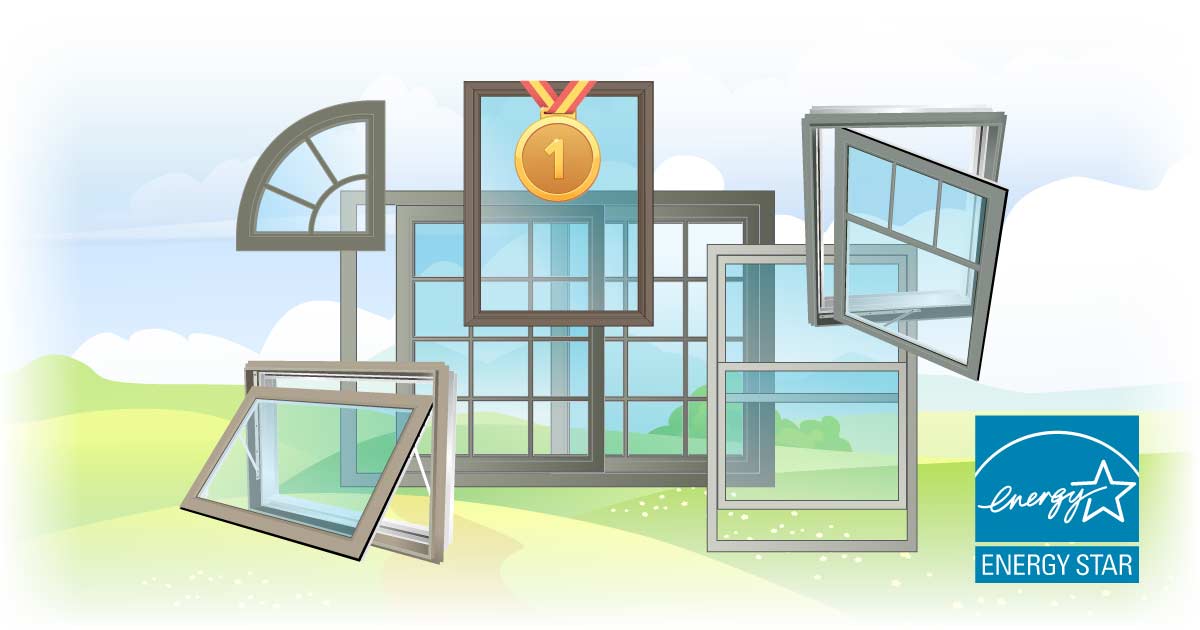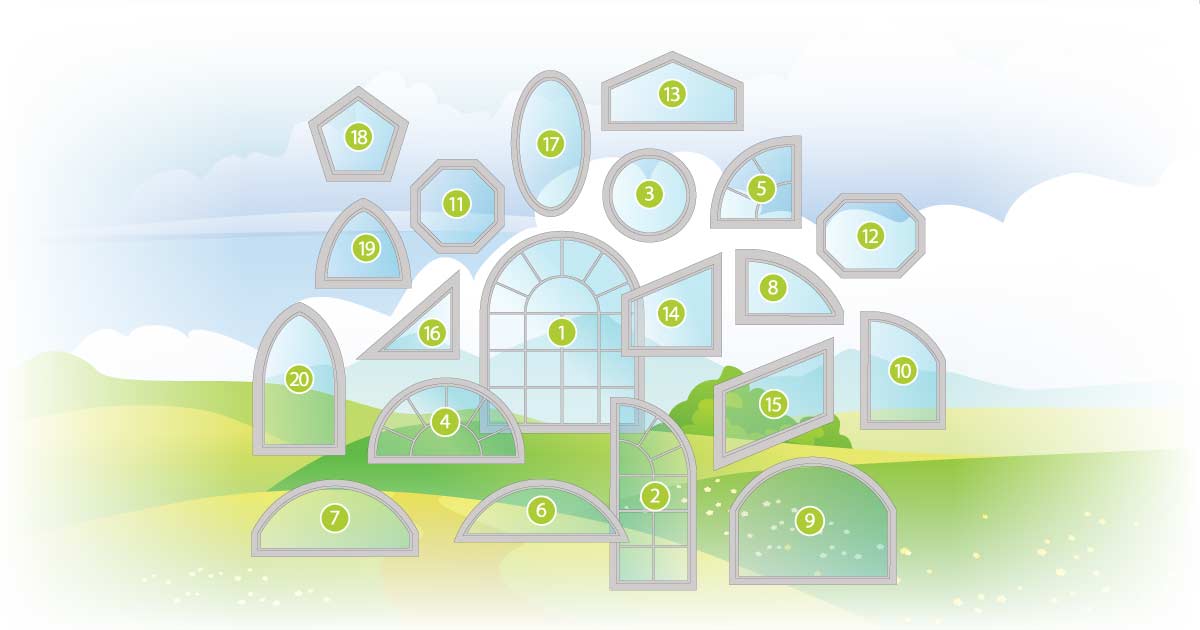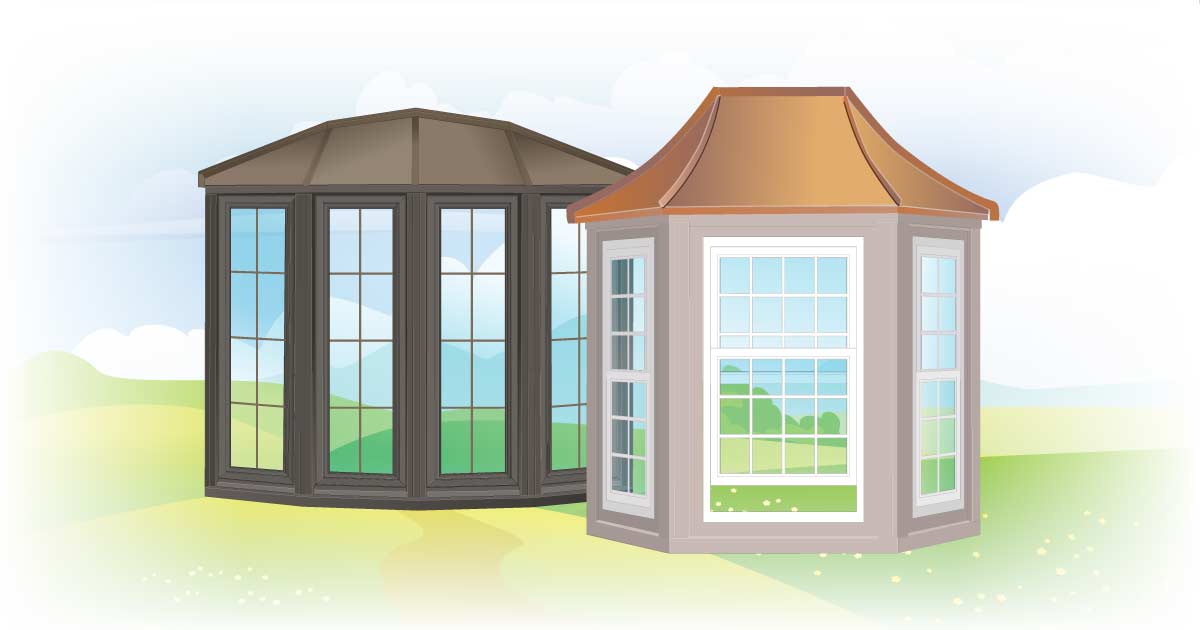Insights > Article > Posted: 2025-Oct-31, Updated: 2025-Oct-27
Your Ultimate Guide to Window Types: Practical Tips for Every Home
In this article:
Make function work for you
If you're replacing your windows, this is your chance to optimise every room for performance, usability, and value, not just appearance. Before you request a quote, walk through your home and ask: Does this window type really make sense here?
Rethink before you replace
- Not using a window for ventilation? Replace it with a picture window—more efficient and less expensive.
- Outdoor deck in the way? Swap outward-opening casements with sliders or hung windows to preserve movement space.
- Hard-to-reach locations? Consider crank-operated awning windows for easier operation and better ventilation.
Understanding common window types
Picture Window
Fixed non-operational windows that provide unobstructed views. They can be singular or combined with other types for ventilation or enhanced design. They can also be used as transoms over doors. Picture windows are the most flexible in size and the most energy-efficient window type.
Fixed Custom
Also known as architectural windows, these are picture windows cut into custom shapes like circles, octagons, or angles. They add decorative flair and can fit unusual spaces while maintaining excellent energy efficiency.
Casement
The most common operational window, casements open outward with a crank, providing excellent ventilation and tight weather seals. Available with various crank handle styles for convenience and aesthetics.
Awning
Hinged at the top and opening outward, awning windows provide excellent ventilation even during rain. Ideal for hard-to-reach spots such as kitchens and basements.
Slider
Sliding horizontally like patio doors, slider windows are perfect where vertical space is limited. They provide good ventilation and do not obstruct exterior areas.
Single/Double Hung
Hung windows open vertically, with single-hung allowing the bottom sash to move, and double-hung allowing both sashes to operate and tilt for easy cleaning. Classic and versatile.
Bay Window
A three-sided projection combining different window types, bay windows add floor space and can serve as seating or storage areas. More economical than bow windows and common in newer homes.
Bow Window
Similar to bay windows but with four to six window sections forming a curve, bow windows provide elegant architectural appeal. Usually made up of picture and casement windows, often suited for Victorian or older-style homes.
Tip: When evaluating window types, think holistically about how each one interacts with your home’s architecture, energy performance goals, and intended use of space. For instance, bay and bow windows can add dimension and passive solar gain, but may not suit smaller rooms or shaded exposures. On the other hand, picture windows maximise views and insulation but limit ventilation. Choosing the right window type isn't just about functionality, it's about optimising how your home lives and performs as a whole.
Summary:
Choosing the right window type means balancing function, style, energy efficiency, and budget. Each option has strengths that suit different needs, so take the time to assess what works best for your home.
Related articles
Not sure which window type is right for your home?
Contact us today for expert advice, personalized recommendations, and a no-obligation quote. Let’s find the perfect windows for your space.
